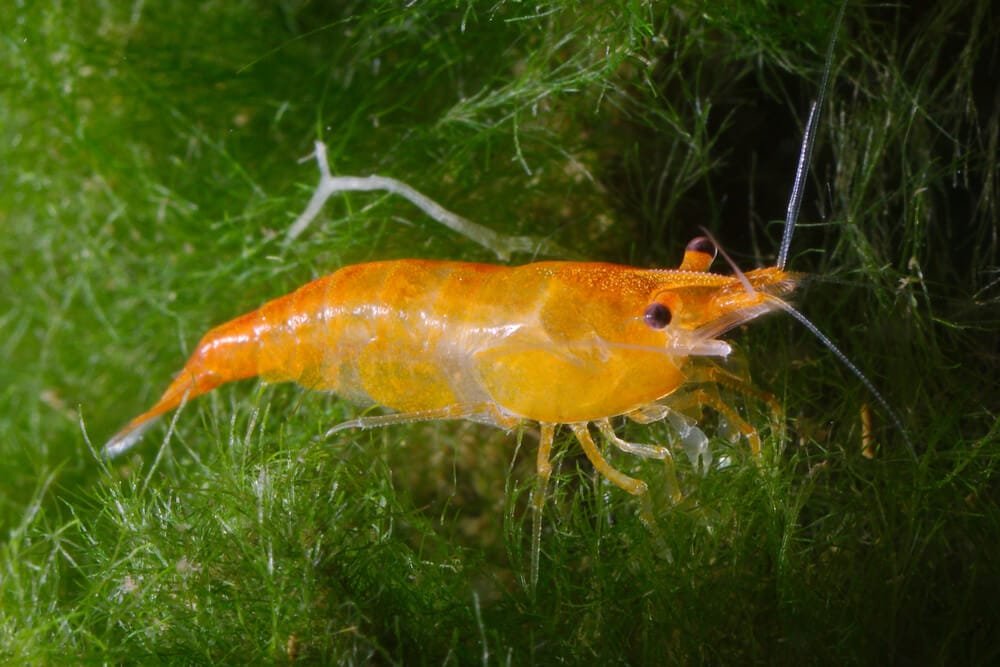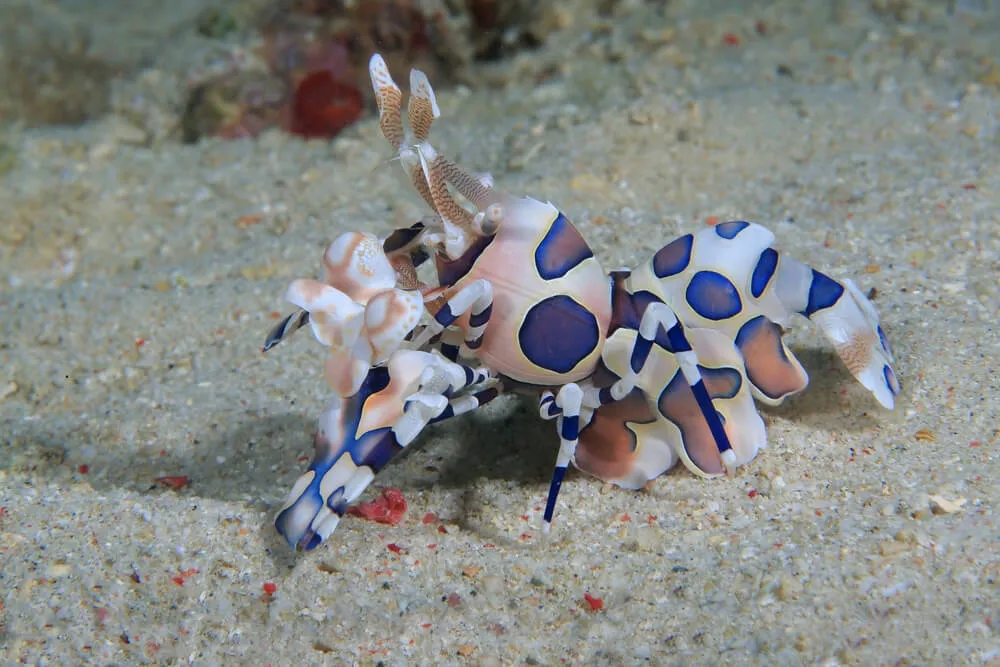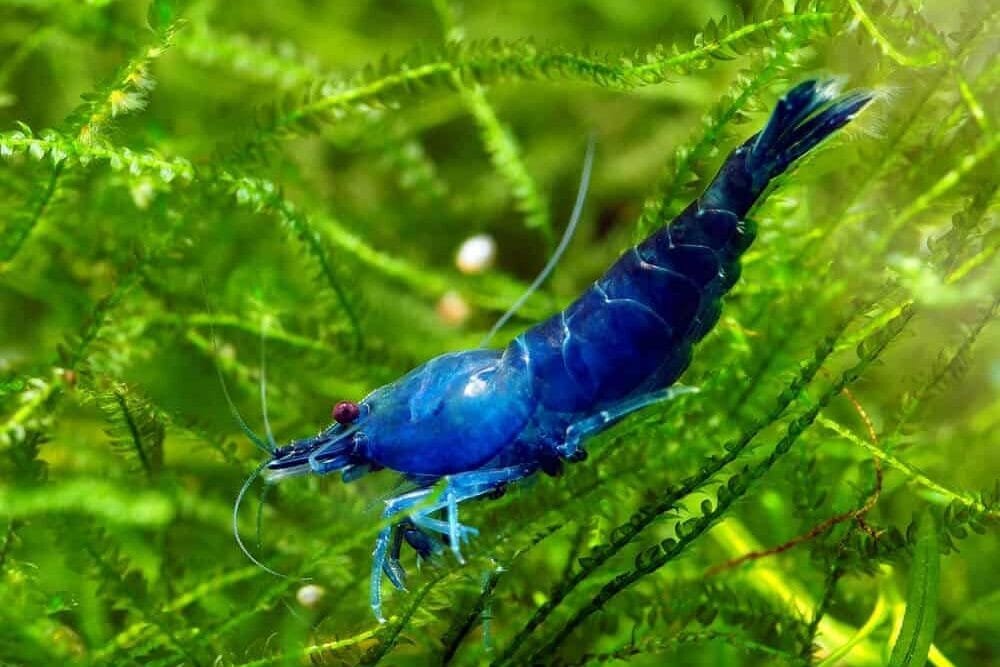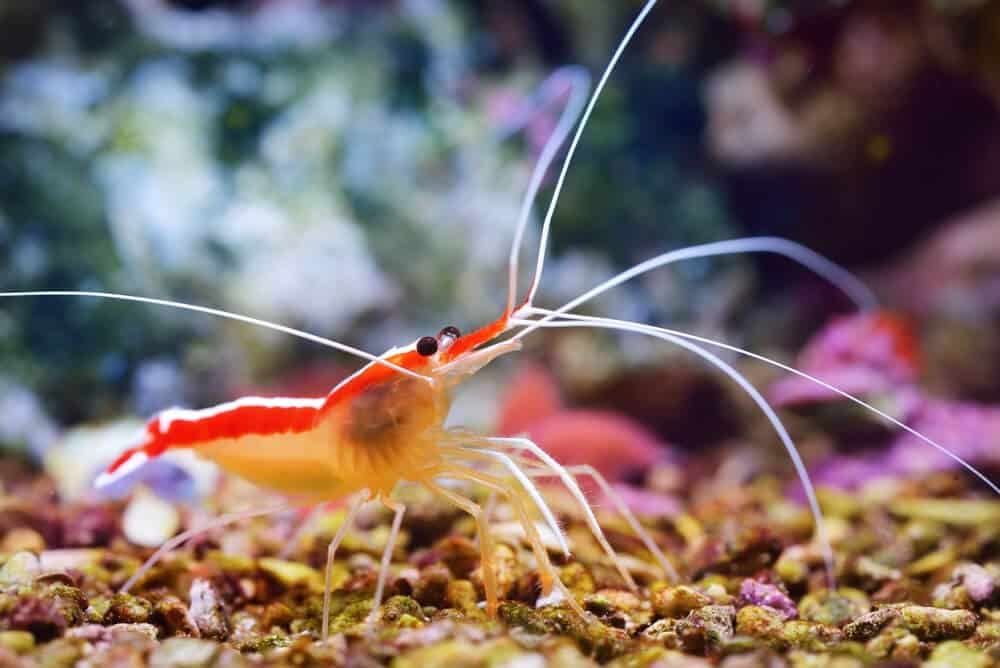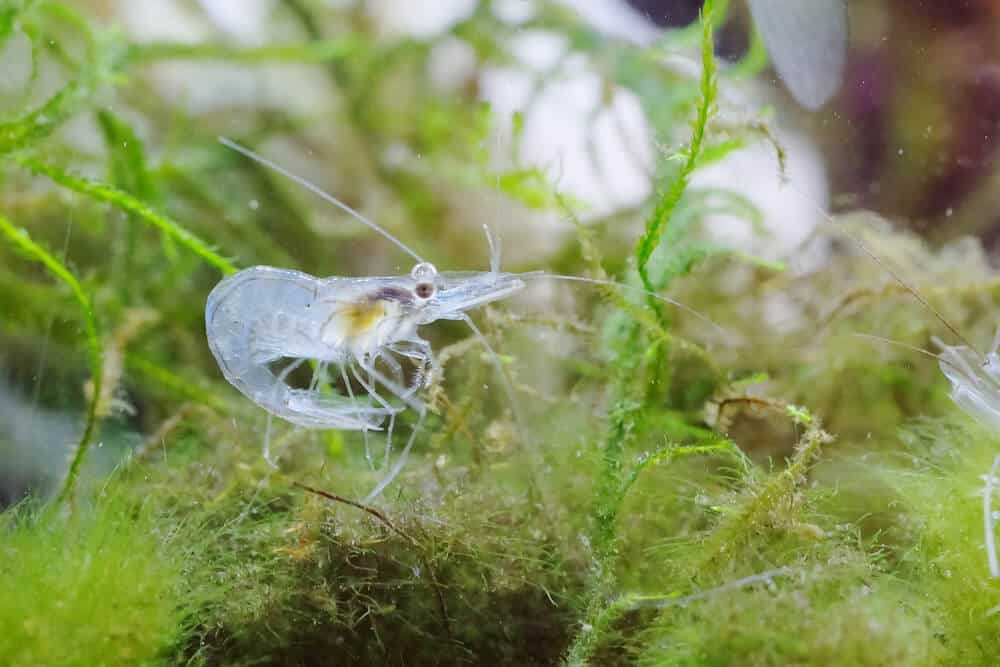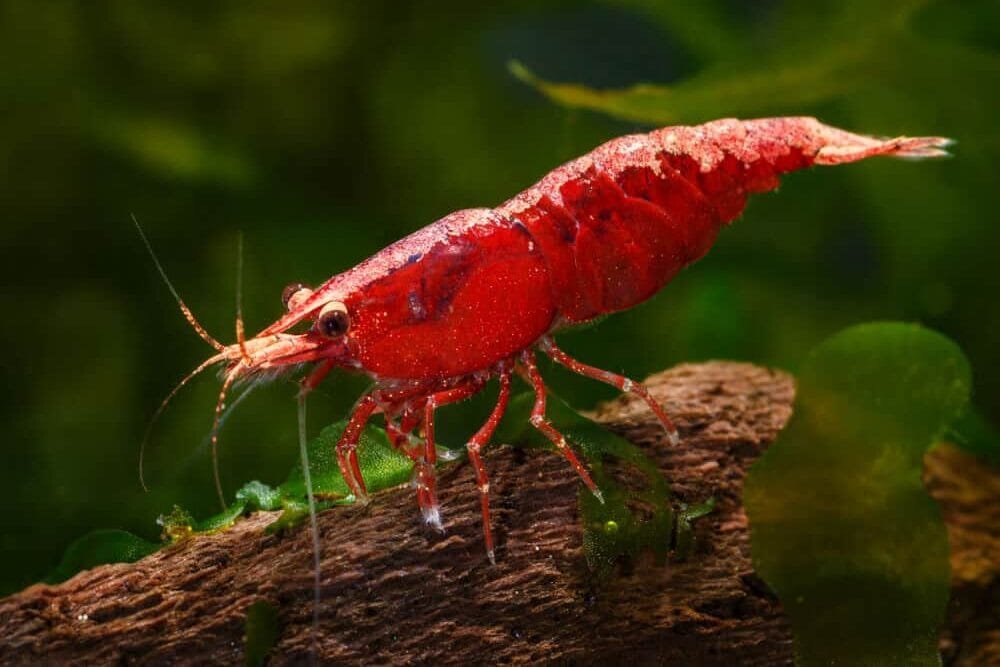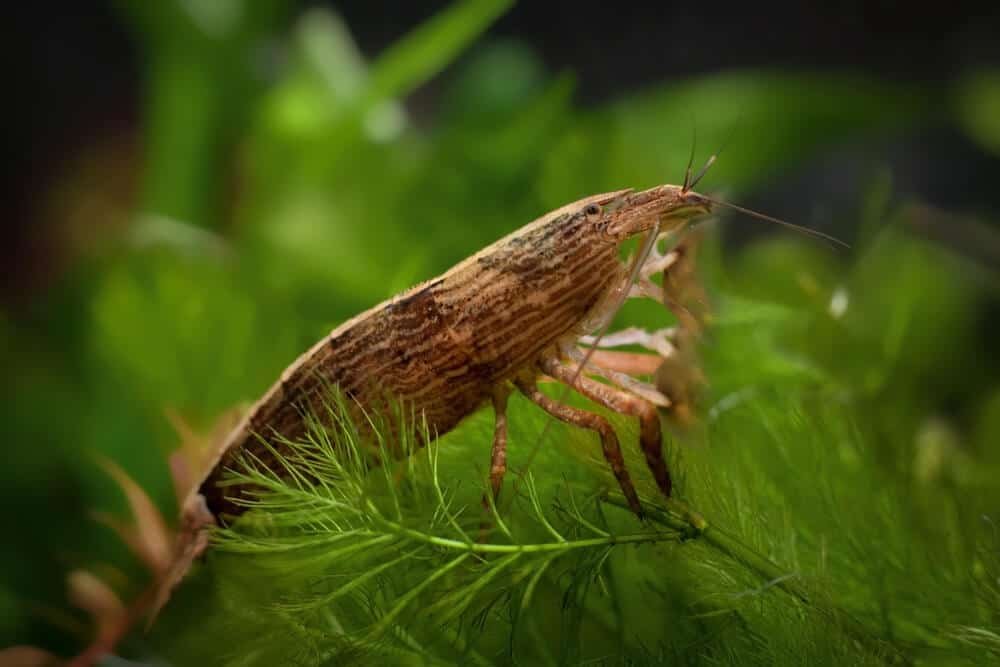Yellow Shrimp (Neocaridina): Care Instructions and Tank Requirements
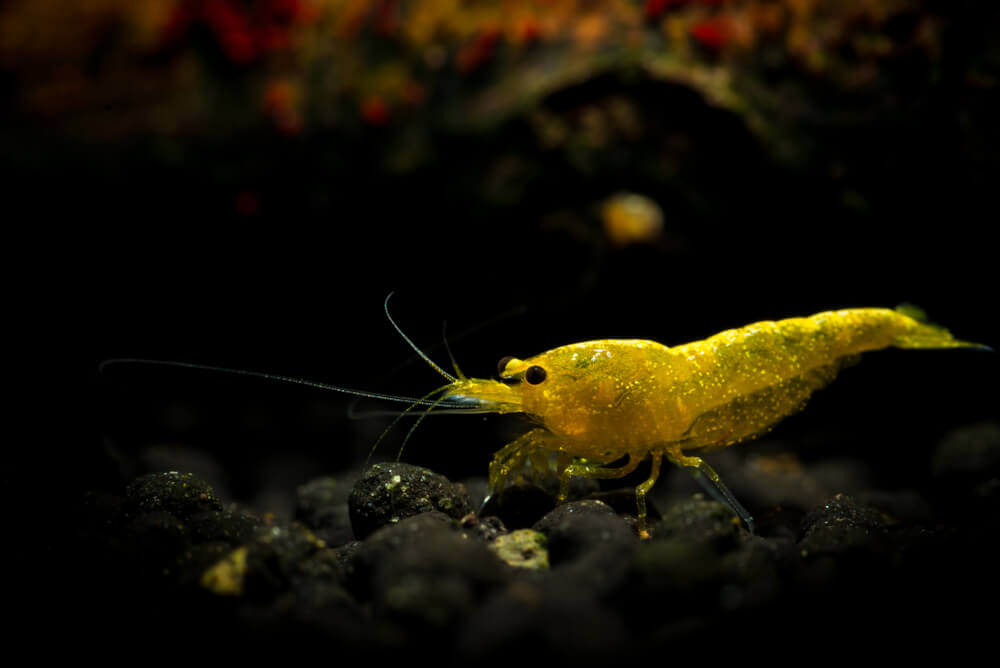
Have you ever come across a fascinating creature that instantly caught your attention? Well, let us introduce you to the Yellow Shrimp, also known as Neocaridina. These vibrant little invertebrates are a popular choice for aquarium enthusiasts, thanks to their eye-catching golden hue. Whether you’re a seasoned hobbyist or a newbie in the world of shrimp keeping, the Yellow Shrimp is sure to add a burst of color and charm to your aquatic ecosystem. Get ready to dive into the mesmerizing world of the Yellow Shrimp and discover why these tiny creatures have captured the hearts of so many aquarists.
Overview
Yellow Shrimp (Neocaridina) are a popular freshwater shrimp species that have become highly sought after in the aquarium hobby. These vibrant yellow shrimp add a splash of color to any tank and are relatively easy to care for, making them a great choice for both beginner and experienced aquarists. In this article, we will explore the description, origin, lifespan, habitat, appearance, behavior, tank requirements, water parameters, diet, compatibility, breeding, and caring for fry of Yellow Shrimp.
Description
Yellow Shrimp, as the name suggests, are characterized by their bright yellow coloration. They have a sleek and elongated body shape, with a curved back and a tail fan. Their legs are long and slender, providing them with excellent mobility in the water. These shrimp have two pairs of antennae, which they use to navigate their environment and locate food. Yellow Shrimp are generally small in size, reaching an average length of around 1-1.5 inches (2.5-3.8 cm) when fully grown.
Origin
Yellow Shrimp, scientifically known as Neocaridina davidi var. yellow, are a selectively bred color variant of the popular Cherry Shrimp (Neocaridina davidi). The Cherry Shrimp is native to Taiwan and southern China, where it inhabits freshwater streams and ponds. Through careful selective breeding, the vibrant yellow coloration of the Yellow Shrimp was developed, making them a striking addition to any aquarium.
Lifespan
The lifespan of Yellow Shrimp can vary depending on the conditions in which they are kept. In optimal conditions, they can live for up to two years. However, factors such as water quality, diet, and overall tank conditions can influence their lifespan. Providing a well-maintained and stable environment for the shrimp is essential to ensure they live a long and healthy life.
Habitat
Natural Habitat
In their natural habitat, Yellow Shrimp are found in freshwater streams and ponds in Taiwan and southern China. These areas provide an abundance of vegetation, such as mosses and algae, which serve as a food source and hiding places for the shrimp. The water in their natural habitat is typically clean, with a pH ranging from 6.5 to 7.5 and a temperature between 68-78°F (20-25°C).
Aquarium Setup
When setting up an aquarium for Yellow Shrimp, it is important to replicate their natural habitat as closely as possible. This includes providing plenty of plants, hiding spots, and a suitable substrate. Live plants, such as mosses, Java ferns, and Anubias, are excellent choices to create a natural environment for the shrimp. Driftwood and rocks can also be added to provide additional hiding places and climbing surfaces.
Water Parameters
Yellow Shrimp thrive in a stable and well-maintained aquarium. The ideal water parameters for them are a pH of 6.5-7.5 and a temperature between 68-78°F (20-25°C). It is crucial to monitor and maintain proper water quality by regularly testing for ammonia and nitrate levels. Additionally, ensuring that chlorine and other harmful chemicals are removed from the water is vital to the health and well-being of the shrimp.
Appearance
Coloration
As mentioned earlier, Yellow Shrimp are known for their vibrant yellow coloration. They have a solid yellow body, which can range from pale yellow to a deeper and more intense shade of yellow. Their coloration can also change slightly depending on their environment and diet, but it generally remains bright and eye-catching.
Size
Yellow Shrimp are relatively small in size, with adult individuals reaching an average length of around 1-1.5 inches (2.5-3.8 cm). This compact size makes them suitable for smaller aquariums, as they do not require a large amount of swimming space.
Sexual Dimorphism
It can be challenging to distinguish between male and female Yellow Shrimp, especially when they are young. However, once they reach maturity, the differences become more apparent. Females are usually larger and have a curved underbelly, which provides space for carrying eggs. Males, on the other hand, are smaller and have a straighter underbelly.
Behavior
Feeding Habits
Yellow Shrimp are omnivorous and will readily consume a variety of foods. They are scavengers by nature and will feed on algae, decaying plant matter, and small organisms in the aquarium. It is essential to provide them with a well-balanced diet to ensure their nutritional needs are met. Commercial shrimp pellets, algae wafers, and blanched vegetables, such as spinach and zucchini, can be offered as regular food sources.
Compatibility
Yellow Shrimp are generally peaceful and can coexist with other peaceful fish and invertebrates in the aquarium. It is important to choose tankmates carefully, as some fish species may view the shrimp as prey or may be aggressive towards them. Small, non-aggressive fish like tetras, rasboras, and dwarf corydoras make excellent tankmates for Yellow Shrimp.
Reproduction
Yellow Shrimp are prolific breeders and can reproduce quickly under suitable conditions. Females carry eggs under their abdomens until they hatch into miniature versions of the adults. To maximize the chances of successful breeding, providing plenty of hiding places and plants in the aquarium is essential. It is recommended to have a separate breeding tank to ensure the survival of the offspring, as adult shrimp may feed on newborn shrimp.
Tank Requirements
Tank Size
For a small colony of Yellow Shrimp, a tank with a minimum capacity of 10 gallons (38 liters) is sufficient. However, as the colony grows and expands, providing a larger tank with more swimming space is recommended. It is important to consider the well-being of the shrimp and their need for both horizontal and vertical space.
Filtration
Proper filtration is crucial for maintaining good water quality in the aquarium. A gentle sponge or canister filter is ideal for preventing strong currents that could harm the shrimp. The filter should be regularly maintained by cleaning or replacing filter media to ensure it functions effectively.
Substrate
Choosing the right substrate is essential for the well-being of Yellow Shrimp. A fine-grained substrate, such as sand or gravel, is preferred, as it allows the shrimp to sift through it in search of food. Adding some pieces of cholla wood or Indian almond leaves to the substrate can create additional hiding spots and provide a source of natural tannins, which benefit the shrimp.
Water Parameters
pH
The optimal pH range for Yellow Shrimp is between 6.5 and 7.5. Maintaining a stable pH level is crucial for the health and well-being of the shrimp. Sudden fluctuations in pH can cause stress and even death. Regular testing and appropriate buffering agents can help maintain a stable pH level within the desired range.
Temperature
Yellow Shrimp thrive in water temperatures between 68-78°F (20-25°C). It is important to avoid extreme temperature fluctuations, as they can be detrimental to the health of the shrimp. Using a reliable aquarium heater and monitoring the water temperature regularly is essential to ensure the shrimp remain comfortable and healthy.
Ammonia and Nitrate Levels
High levels of ammonia and nitrate can be toxic to fish and invertebrates, including Yellow Shrimp. Regular water testing is crucial to monitor these levels and ensure they remain within safe parameters. Ammonia should be undetectable, and nitrate levels should be kept as low as possible, ideally below 20 parts per million (ppm).
Diet
Feeding Schedule
Yellow Shrimp should be fed small amounts of food multiple times a day. This helps ensure they receive a continuous and balanced diet. Feeding them once in the morning and once in the evening is a good feeding schedule to follow. It is important not to overfeed the shrimp, as uneaten food can lead to water quality issues.
Types of Food
Yellow Shrimp are omnivorous and will eat a variety of foods. It is recommended to provide a mix of commercial shrimp pellets, algae wafers, and blanched vegetables. These foods provide the necessary nutrients for the shrimp’s overall health and color development. Additionally, it is beneficial to offer them occasional treats such as frozen or live foods like bloodworms or brine shrimp.
Compatibility
Tankmates
When choosing tankmates for Yellow Shrimp, it is important to consider their peaceful nature and their vulnerability to predation. Small, non-aggressive fish species like tetras, rasboras, and dwarf corydoras make suitable tankmates for Yellow Shrimp. Avoid keeping them with larger, aggressive fish or species known to prey on invertebrates.
Aggression Levels
Yellow Shrimp are generally peaceful and do not exhibit aggressive behavior towards other tankmates. However, caution should still be exercised when selecting tankmates. Some fish, particularly those that are larger or more aggressive, may perceive the shrimp as food and may try to prey on them. Observing the behavior of tankmates carefully and ensuring they are well-suited to a community tank environment is essential.
Breeding
Breeding Behavior
Yellow Shrimp are known for their prolific breeding habits. Breeding can occur readily in the aquarium given suitable conditions. Females carry fertilized eggs under their abdomen until they hatch, usually after 3-4 weeks. Providing plenty of hiding places and dense vegetation in the aquarium stimulates the breeding behavior of the shrimp. It is recommended to have a separate breeding tank to increase the chances of successful reproduction.
Caring for Fry
Once the eggs hatch, the young shrimp, called fry, will be tiny and vulnerable. It is important to ensure they have an adequate food source and a safe environment to thrive. Feeding them powdered or crushed commercial shrimp food, spirulina powder, or baby brine shrimp is recommended. Regular water changes and maintaining stable water parameters are crucial to support the growth and development of the fry.
Conclusion
Yellow Shrimp, with their vibrant yellow coloration and relatively easy care requirements, are a popular choice for freshwater aquarium enthusiasts. Their striking appearance adds a beautiful splash of color to any tank, while their peaceful nature and hardy nature make them suitable for beginners as well. By providing them with a well-maintained habitat, a balanced diet, and suitable tankmates, you can enjoy the beauty and charm of these delightful shrimp in your aquarium for years to come.
